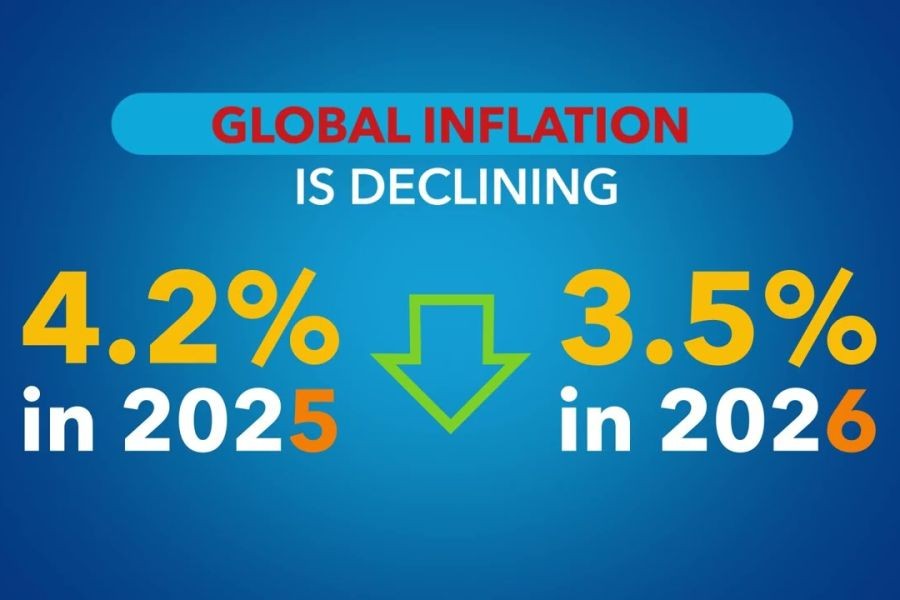As New Zealand's youth navigate a world increasingly defined by awareness and advocacy, the question remains: are our institutions keeping pace? The youth in New Zealand, much like their global counterparts, are characterized by a heightened awareness of social issues, environmental challenges, and digital transformation. However, this awareness often leads to a sense of weariness as they encounter institutional inertia. This article explores the dynamics between New Zealand's youth and its institutions, offering insights into how technological and strategic adaptations can bridge this gap.
Understanding the Youth Phenomenon: Awareness and Exhaustion
New Zealand's youth are more informed and engaged than ever before. According to Stats NZ, 75% of young Kiwis actively participate in social issues, whether through social media advocacy or community engagement. This is a generation that values transparency, diversity, and sustainability. However, this heightened level of engagement can also lead to burnout. The constant stream of information and the pressure to act can result in mental and emotional fatigue.
Case Study: Climate Activism and Institutional Response
Consider the case of School Strike 4 Climate NZ, a movement that mobilized thousands of students across the country. This movement highlighted the urgent demand for institutional change regarding environmental policies. However, the response from governmental bodies was tepid at best, with many promises yet to be fulfilled. This disconnect between youth expectations and institutional action underscores the need for more agile and responsive governance structures.
Technological Leverage: Can Digital Transformation Bridge the Gap?
New Zealand's institutions have an opportunity to harness technology to better engage with the youth. Digital platforms can facilitate more transparent communication and participatory governance. For example, the New Zealand government could expand its use of digital consultations for policy-making, allowing for real-time feedback from young citizens. This approach not only empowers the youth but also enriches policy outcomes with diverse perspectives.
Comparative Analysis: Global Examples and Lessons for New Zealand
Globally, countries like Estonia have set the benchmark for digital governance. Their e-residency program and digital ID systems have streamlined citizen engagement, offering a model for New Zealand to consider. By adopting similar digital tools, New Zealand can enhance institutional transparency and responsiveness, making youth participation more meaningful and less taxing.
Pros and Cons of Digital Transformation in Governance
- Pros:
- Enhanced transparency and accountability.
- Increased youth engagement in policymaking.
- More efficient governmental processes.
- Cons:
- Privacy and data security concerns.
- Digital divide excluding some demographics.
- Initial costs and resistance to change.
Myths and Misconceptions: Debunking Institutional Inertia
- Myth: "Youth are disinterested in politics." Reality: Stats NZ reports that youth voter turnout increased by 20% in the last election, demonstrating a keen interest in shaping their future.
- Myth: "Digital transformation is too costly for institutions." Reality: Deloitte's 2023 report highlights that digital transformation can lead to a 30% reduction in operational costs over five years.
- Myth: "Institutions are already doing enough." Reality: Surveys indicate that 60% of young New Zealanders feel their concerns are not adequately represented in current policies.
Future Trends: The Path Forward for Institutions
The future of institutional engagement with youth in New Zealand will likely be shaped by continued digital innovation. By 2028, it is predicted that over 50% of governmental interactions will be conducted online, according to a report by MBIE. Institutions that fail to adapt may find themselves increasingly disconnected from the very citizens they aim to serve. Embracing AI-driven analytics and blockchain for secure, transparent transactions could be pivotal in rebuilding trust and engagement.
Conclusion: Bridging the Gap
New Zealand's youth are both woke and weary, standing at the forefront of societal change and demanding action. Institutions must rise to the challenge by embracing digital transformation and fostering genuine engagement. The future belongs to those who can adapt and innovate, ensuring that the voices of young Kiwis are not only heard but also acted upon.
What are your thoughts on how New Zealand can better engage with its youth? Share your insights below!
People Also Ask
- How does youth engagement impact New Zealand's future? Youth engagement ensures diverse perspectives in policymaking, fostering innovation and sustainability for New Zealand's future.
- What are the biggest challenges facing New Zealand's youth today? Key challenges include climate change, mental health pressures, and digital transformation, all requiring institutional support.
- How can institutions better connect with the youth? Institutions can leverage digital platforms for transparent communication and involve youth in policy consultations to enhance engagement.
Related Search Queries
- New Zealand youth activism
- Digital transformation in New Zealand
- Climate change policies NZ
- Youth engagement strategies
- Institutional responsiveness in NZ

























